
by TheLorry on 7 August 2025.
It has been close to a year since I wrote Making thelorry.com/my: A journey from idea validation to being VC-funded.
As 2016 comes to a close, this article will highlight our hits, misses and key learnings for upcoming entrepreneurs.
The Chilli’s Summit
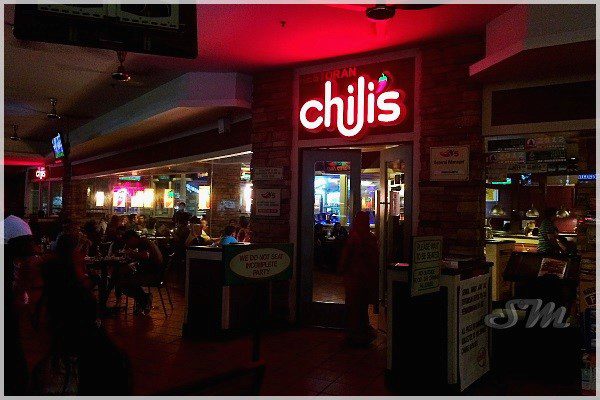
Fresh from receiving our Series A funds (USD1.5 million), Chee and I had dinner at Chilli’s early January 2016 to discuss top-level strategy and our plans for the year.
Quite simply, the goal was to grow x% by December 2016 in terms of revenue, number of bookings and gross profit.
We also discussed division of labour – I was to handle our bread-and-butter B2C business while Chee took on the fast-growing B2B department.
Some other points of our discussion:
- Creation of new products to drive revenue growth
- Automation of systems and SOPs
- Setting up and strengthening organisational structure
- Territorial expansion
- Hiring for growth
We tie all of these to-dos by using a framework called Objectives and Key Results (OKR) for each of our departments.
I sent out an email to all our team members and it looked something like this:

With all this set up, it was time to stop talking and start executing.
Learning on the go: hiring the right people
Our team back in January 2016 was structured as follows:
- B2C
- B2B
- Operations
- Vendor Relations
- Tech
- Accounts
- Warehouse
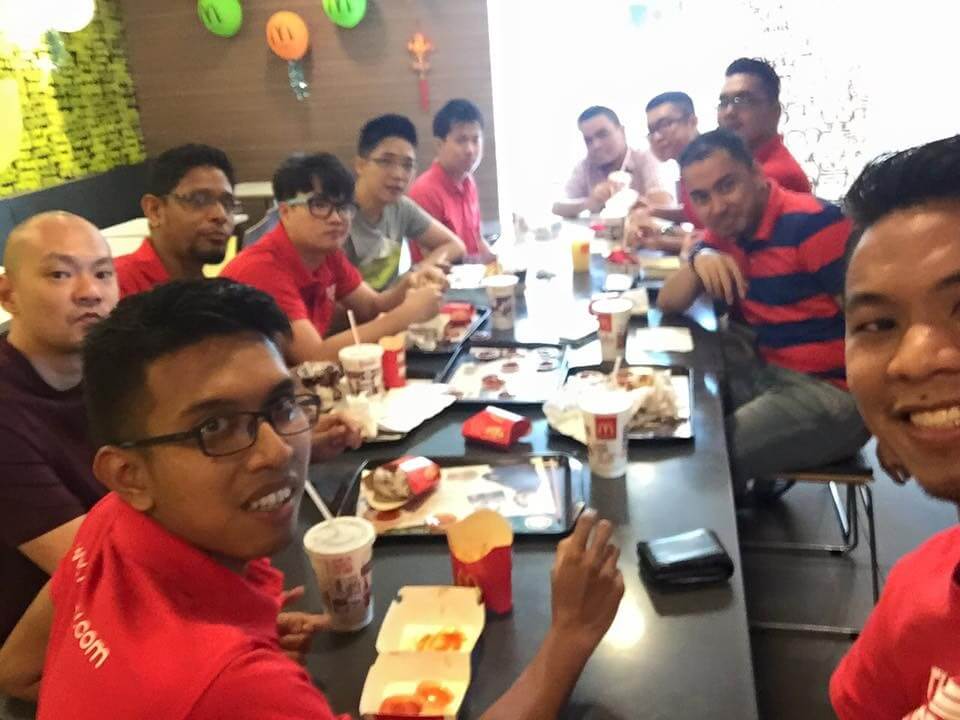
To achieve the said OKRs, we needed to hire across the board with emphasis on Tech and B2B.
We also had to look at hiring candidates in Penang, JB and Singapore as part of our territorial expansion.
Chee and I had managerial experience in our previous employment (we were ex-colleagues). But it was managing one or two people.
We projected that we’d double our headcount for the next 6 months. That’s an addition of 20+ new staff.
We didn’t have that much experience in interviewing and selecting the best candidates. We knew the basics, in theory.
What did we do?
Learn as we go.
I remember googling “Questions to ask during interviews” and “Questions Google ask on interviews” to help me out. Didn’t really know what to ask the interviewees.
It was really the case of learning by doing. You pick up a few things on the first interview and used them on the second interview and so on.
You just wing it.
By the 50th interview, you get a pretty solid understanding on exactly what to do to filter out good candidates from the bad.
You will also find yourself getting pissed at candidates who have poor interview skills.

I remember baffling a few candidates, to test their critical thinking skills, by asking them:
“How many traffic lights are there in Puchong?”.
A few gave an acceptable response. A few were just stunned.
Me? I just laughed inside.
I also learned a lot of hiring tips from Karl Loo, CEO of ServisHero who is a “been there, done that” entrepreneur.
I strongly suggest you PM him if you need help! Whether he’ll help or not that’s up to you.
If we could summarise our hiring approach (in order of importance):
- The Big Why – why do they want to join us and not other companies?
- Communication skills – can they communicate their thoughts well in clear concise manner?
- Technical, qualification and work experience – The CV stuff
- X-factor – the “umph” in their application
Nevertheless, its not all science.
We have made so many hiring mistakes.
There are instances where:
People who did amazingly well during interviews – underperformed.
People who did just fine during interviews – outperformed tremendously (gotta say this in Trump tone and the finger gesture)
Good thing we have a probation structure – 3 months where either employer or employee can decide to call it off. A good number of hires did not make it past probation.
In hindsight, if it were to do it all over again, I’d probably plan our hiring more systematically and perhaps hire a HR executive to do all the filtering and first round interviews.
My days used to be filled with 10+ interviews for all kinds of positions – accounts, customer service, operations. Couple that with team meetings – it can get pretty hectic.
By the time I get home, I’d tell my wife: “Yang, I tak berhenti bercakap for 12 hours”.
Not long after, perhaps in Q2, we decided that all first round interviews must be done by HODs whereas the second interview will be done by either Chee or I.
Much, much better system.
Building TheLorry culture
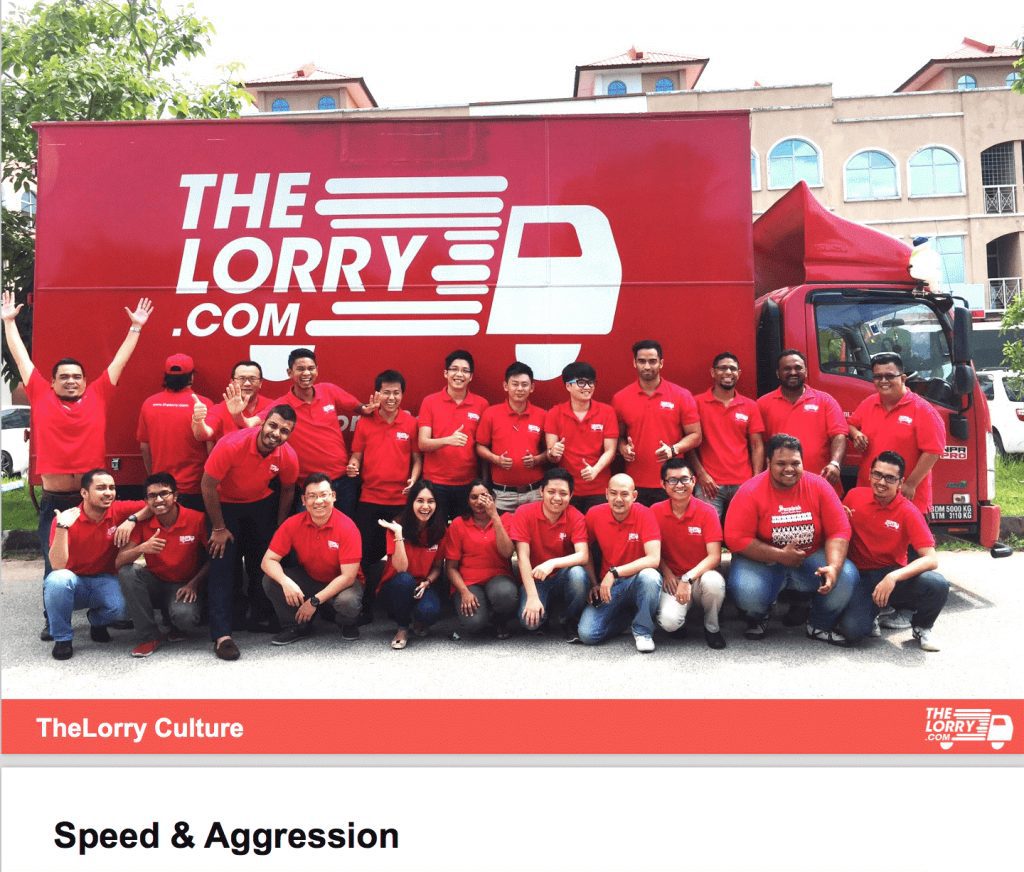
I used to scoff at the word “culture”.
I thought it sounded like brainwashing (well, it is kinda true) and a process of creating humanoid robots.
I no longer think that way.
Culture is ABSOLUTELY important if you’d like to build, retain and grow a high-performance team.

Richard Branson and Tony Fernandes figured this out years ago.
They know that by treating their people right and having a conducive and fun work environment, it will trickle down to their customers, suppliers and other stakeholders.
Their formula:
Happy employees = Happy customers = More revenue = More profit
Back when we occupied a 1,600 sqft shop lot with a skeleton team of 10, it was easy to round up everybody and for Chee and I to speak our mind.
Most of the “departments” comprised of one or two individuals. There was no need for “team meetings”, so to speak. Have lunch together and you’d have a team meeting.
As we grew in size (to about 25-30), we realised it was important to have more formal meetings for ease of communication and decision making.
We quickly set up:
- Weekly department meetings between HODs and team members
- Weekly HOD meeting
- Monthly Town Hall
Our Town Halls are meant to be a relaxed, not-so-serious events where Chee and I would talk about our vision, outline strategies, talk about key wins and make jokes.

We also created a Culture Book and distributed it to all team members.
The goal is to ensure that everyone behaves in a certain manner and to get everyone on the same page.
When this is done – THEN we can talk about growing the company.
The Culture Book contained our 7 Key Guiding Principles.
- Speed & Aggression – Do things now, not later.
- Only Performance Matters – Don’t care whether you’re Malay, Chinese, Indian or Bajau. Show me performance!
- No Finger Pointing Policy – Operational screw-ups happen. Don’t finger point!
- Open Communication – Be honest and open with each other
- Appreciate One Another – Say thank you and buy each other lunch!
- Always be Experimenting – Experiment on new features/products that will drive company growth.
- Work hard, play hard – Have regular sports and karaoke sessions!
Every Town Hall Chee and I would talk about these 7 principles and repeat until our team gets it and they can repeat it in their sleep.
That reminds me to repeat it again next Town Hall.
Creating brand awareness
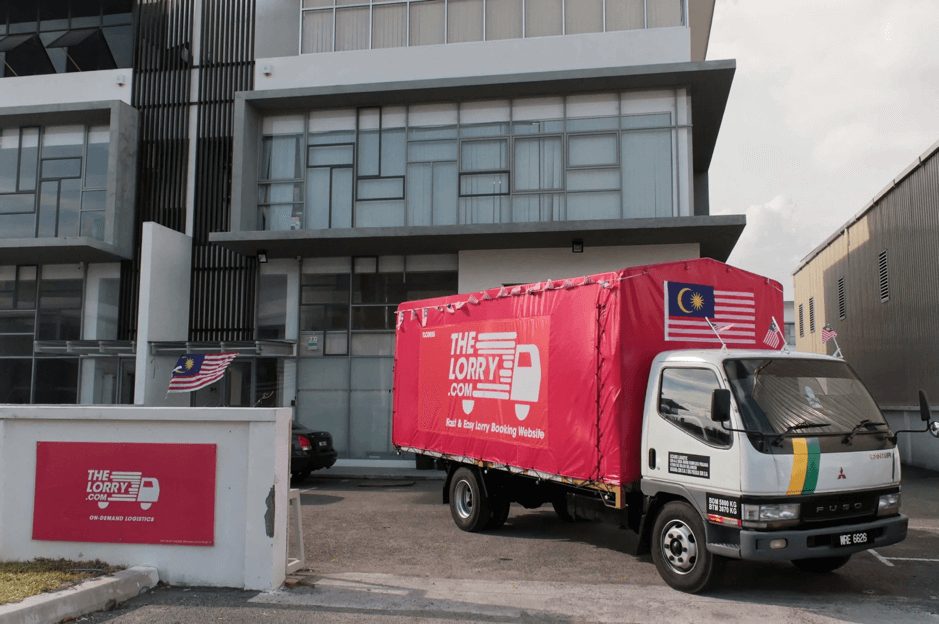
Early on, all digital marketing efforts was done by yours truly, which includes all our Google and Facebook ads campaigns.
I pretty much taught myself how to run Google & Facebook ads through sites like Quick Sprout and Backlinko. Spent hours devouring their content.
It was pretty much set to auto run from mid-2015 till around mid-2016. I didn’t even log in to the platform during this period (except to adjust the credit card details when it breached credit limit).
Not much optimisation was done too in terms of click throughs, funnels and copywriting.
This changed when we hired Dan, our first Digital Marketing Manager – who overhauled our whole digital marketing campaign and made it better.
Through his constant adjustments and A/B testing, he doubled our clickthroughs and conversions by 50%. He did some stuff I didn’t quite understand but it worked.
Lesson learned: Never do everything yourself! There will always be someone smarter than you.

Additionally, one of his many KPIs is to create a Facebook post that gets at least 100 shares, on a monthly basis.
This led to many experiments on how best to generate shares which in turn leads to brand awareness.
Us getting $2,500 free FB credits from FB Start definitely helped in these experiments.
Previously, Facebook ads was just a way to boost our boring and promotional post – something that talks about how great and fantastic we are in a post.
Probably had a stock photo of a Asian-looking person holding a box. These posts used to get us RM0.20-RM0.30 cost per engagement.
In Q3-Q4, we experimented with something called Long Form Ads.
What this means is instead of a simple ad with body text of about 50-75 words, we created an ad with 500-600 words of content complete with headline, copy and call to action.

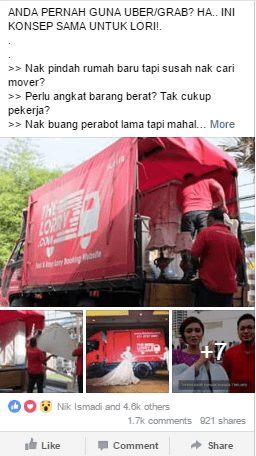
To our surprise, it worked!
Our cost per engagement was consistently below RM0.10. Sometimes as low as RM0.01.
Why did it work? Not quite sure.
Perhaps users felt “convinced” when we explain in detail what our product is all about.
But I urge all of you to try it in your Facebook campaigns today.
You may start with this basic formula we use for Long Form Ads:
- Catchy headline that states the problem
- Reaffirm the problem
- Mention the solution
- Soft sell with call to action
- Provide customer testimonials
- Remove customer objection
- Provide bonus/money back guarantee, if any
- Hard sell and provide call to action
Special thanks to Haryzat Zulzahary for this formula.
Additionally, to further improve user experience and conversions, we made improvements to the overall look and feel for the website and app.
We moved from a dark-themed page to a more “happy” page with a lot of white space.
Before:

After:
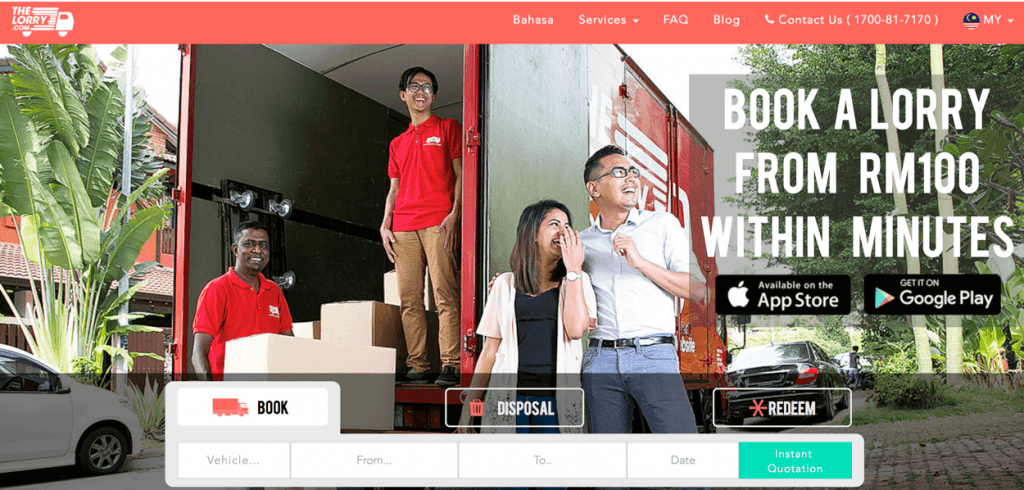
Still a lot more to be done to further improve conversions and we are tracking this on a daily basis through our funnels and UX tools such as Hotjar.
But we’re getting there!
New products and markets

Circa Q1 to Q2, many enquired why didn’t we build a mobile app.
Quite simply the answer was we thought that nobody wanted to download an app for one-time use (house moving).
However, in Q2 we laid groundwork to roll-out a new product – 4×4 (Hilux, Ranger).
4×4 is a very interesting space and an uncharted territory for us (I find myself reciting the “Where no man has gone before” quote while typing this).
Using lorries and vans are somewhat legal as they are commercial vehicles. But 4x4s are a different animal – they are private vehicles of which we are using them for commercial applications.
Very “Uber” like.
With the roll-out of this 4×4 product, we saw the need for consumers as well as small and medium/mom-and-pop shops to use them on a more regular basis. Perhaps to deliver stock to clients and inter-branch movements.

Perhaps, they need an app to book these regular deliveries.
We started hiring for talent and proceeded to build our mobile apps.
Took a few months and Android was finally launched in August.
iOS – two months later in October.
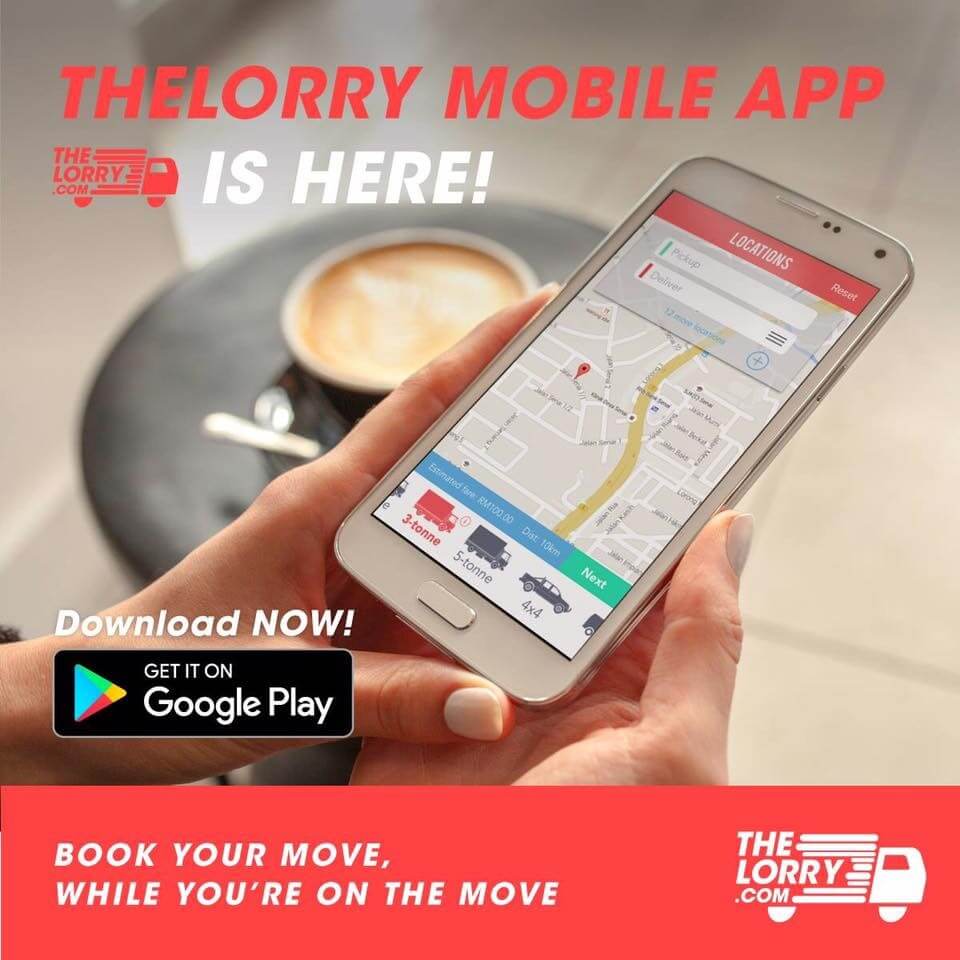
Results?
Super surprising.
4×4 now comprise about 1/3 of all our bookings. While lorries & vans 2/3. A year ago 4×4 did not exist.
We created a new market and a pool of dedicated, hard working partners who now earn additional income using their 4x4s.
And overall, for the most recent month, almost 50% of our bookings comes from both the apps! Our friends at CARPUT too have been surprised by their mobile app engagement.
In hindsight, one of the better decisions we made for 2016.
Knowing our numbers and a costly mistake
“Guys, I don’t think you know your numbers.”
Early in 2016, we were WHACKED by one of our mentors for not knowing our numbers.
Critical operational numbers such as GP per customer, customer acquisition costs and revenue broke down by division.
We immediately took steps to create a daily Dashboard (now managed by our lovely Data Analyst).
Having this allowed us to understand our numbers more intricately, track our performance, view trends and to sound the bells if a trend was off.
But knowing our numbers doesn’t mean we don’t make mistakes.
We made one – a costly one.

Can’t really dive into details on this particular mistake, but safe to say – we would be better off if we had NOT taken the business opportunity.
It was one of those situations where an opportunity knocked and Chee and I, being entrepreneurs, took it on without question.
But it was a field we had no experience in and a clear plan to go unit economics profitable.
Our attitude: “Do first. Think later.”

An attitude which has served us well previously. But in this particular case – not so effective.
We were attracted to the potential growth in top line revenue but did not quite think about the costs.
Oh, we did do financial models to calculate our cost structure and break-even point.
But at the end of the day, things and circumstances change and the model you built 3 months ago were no longer applicable.
Perhaps it’s also our weakness we did not see those changes.
In the end, we ended up in a situation where we selling our service for RM1 and our cost was RM2.
And there was no way for us to increase the price to RM3.
In Q3, we decided to exit the business.
But with more knowledge than ever before.
A year for personal growth
Personally, 2016 has been an amazing year. I’ve learned so much from TheLorry experience.
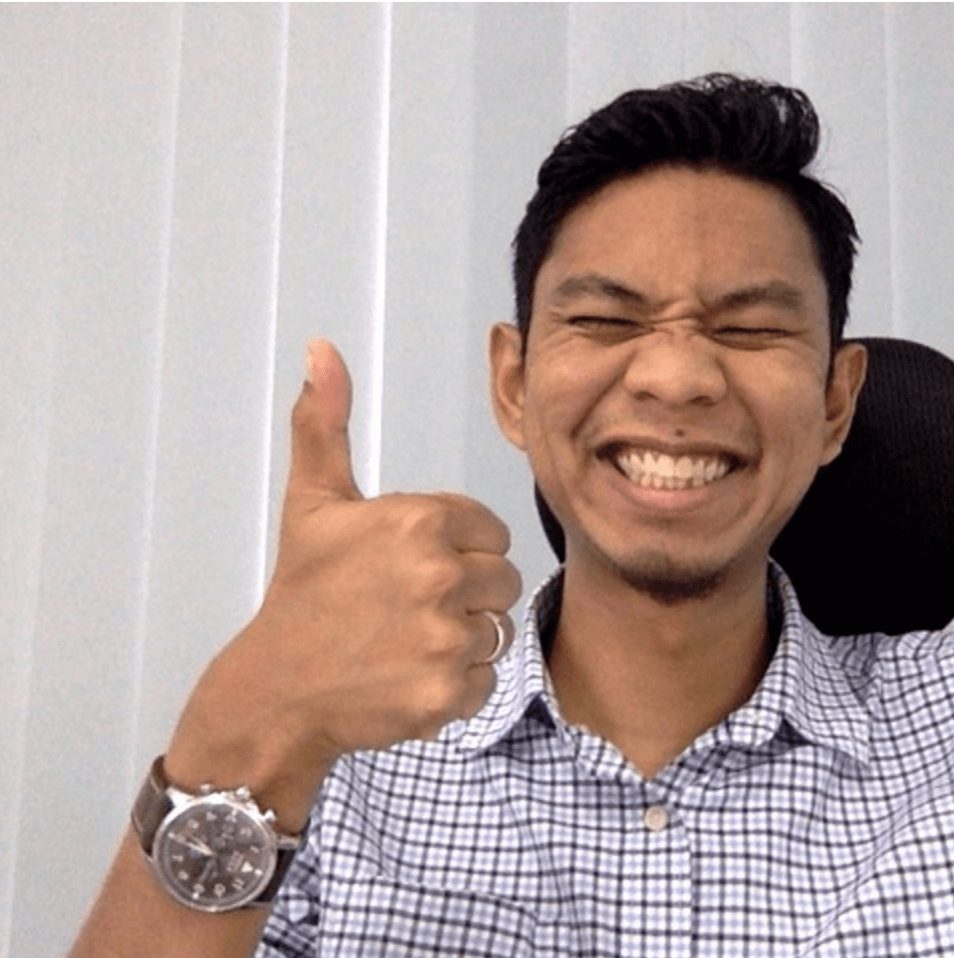
It is a year where I got rid of my fears for public speaking – something I used to hate.
But through practice and after doing it a number of times this year, that fear is perhaps 95% gone.
I still get butterflies prior to going on stage, but the moment I’m on the stage – I feel confident as ever.
Side note: I’m only confident if you ask me to talk about TheLorry or entrepreneurship. These topics I can talk till 3am. If you ask me to comment about government policy or politics – don’t think I can do it.

It is also a year where I really learned about people management and leadership, a topic I’ve read so many times via reading John Maxwell’s books but never quite practiced it.
This year, I got to the chance to put it to practice via managing 40-odd people.
If you asked me what is the biggest pain of running a startup – it’s managing your people! It’s a headache, I tell you.
However, with proper delegation as well as clear communication as to vision, goals and KPIs – I’m sure the headache can be reduced. ☺
Final words
To our partners, thank you for the support given. Without you, there’s no TheLorry today.
To our customers, thank you for the heartfelt reviews, support and recommendation. We truly appreciate it.
To our One Tonners, thank you for being amazing people. I only wish you continue to achieve greater heights next year and please know that Chee and I will be here continue to support you.
Hope you enjoyed this article and do let me know in the comments if you have any questions/feedback. I can be also reached on my Facebook at Nadhir Ashafiq.
Finally, I thank Allah everyday for giving me the chance to build this company and make a difference in people’s lives.
I wouldn’t have it any other way.
Bring on 2017.
Allah knows best.
Reflecting on TheLorry growth year review, 2016 was a defining period. We learned that structured strategy, hiring right, team culture, thoughtful product expansion, and data discipline are key to scalable, sustainable growth.
If you’re considering launching or scaling operations, explore our House Moving Package or On‑Demand Lori Sewa services to see how our strategy can support yours. And feel free to reach out anytime!



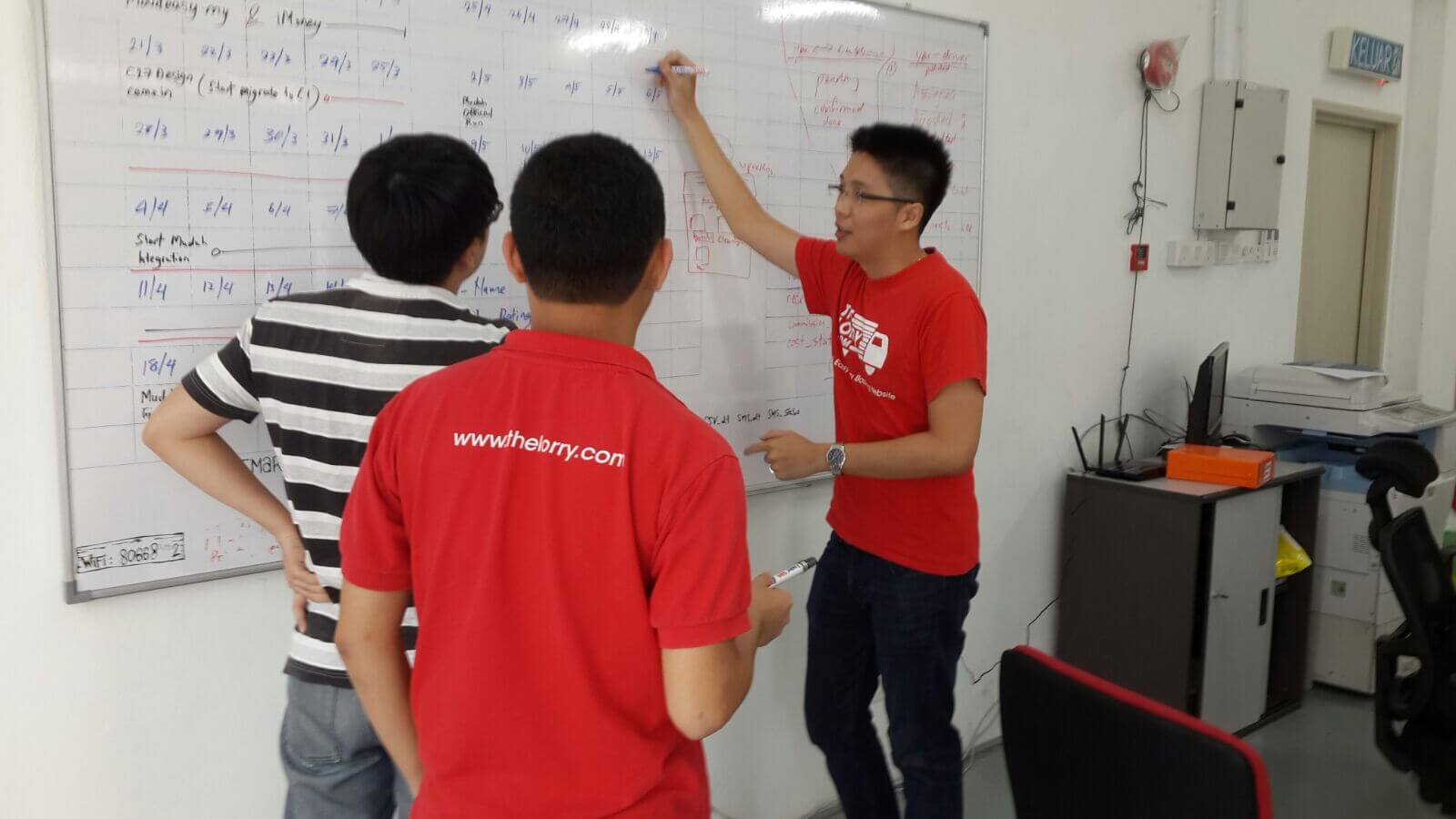

 MY – EN
MY – EN Singapore
Singapore Indonesia
Indonesia